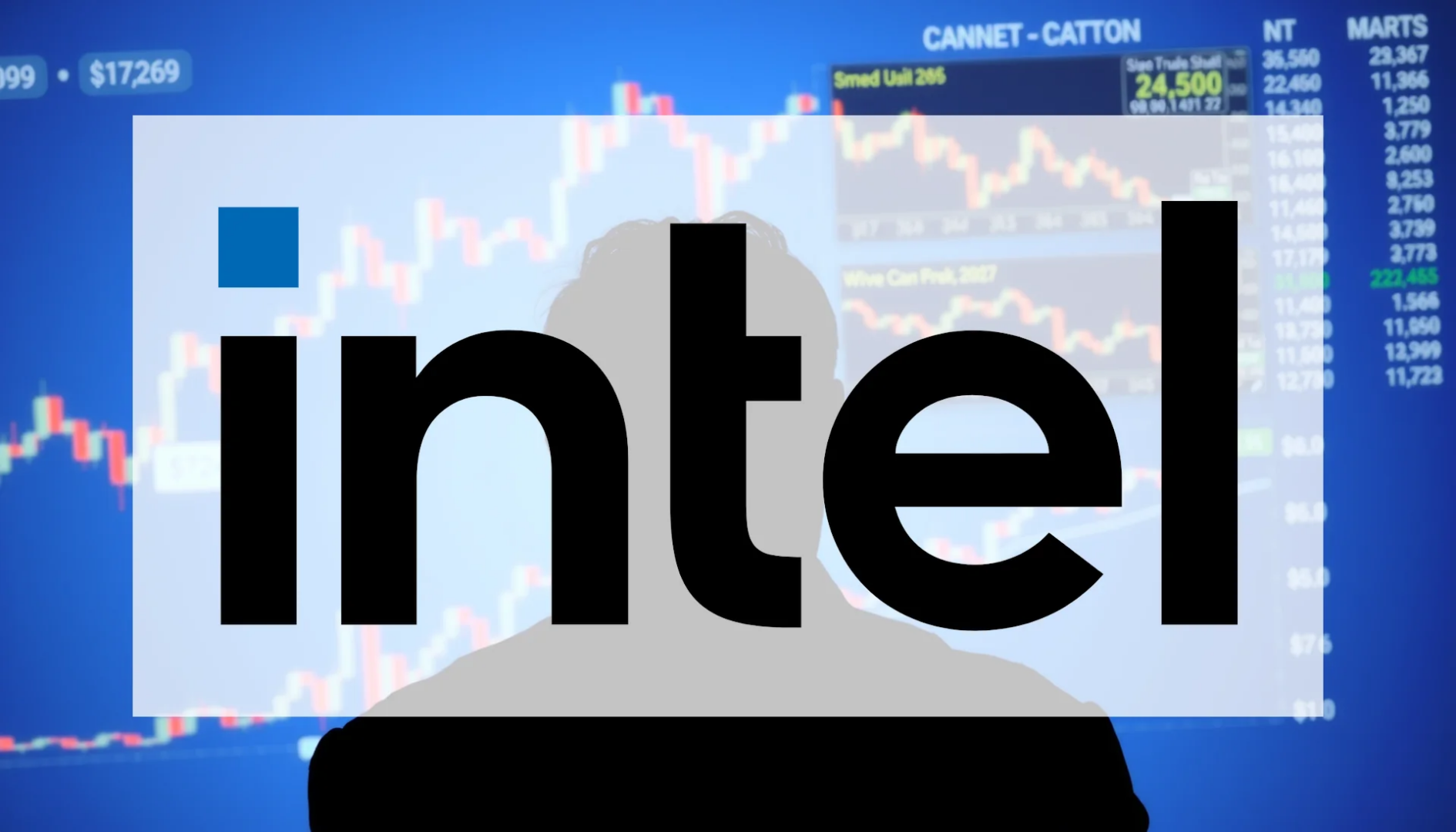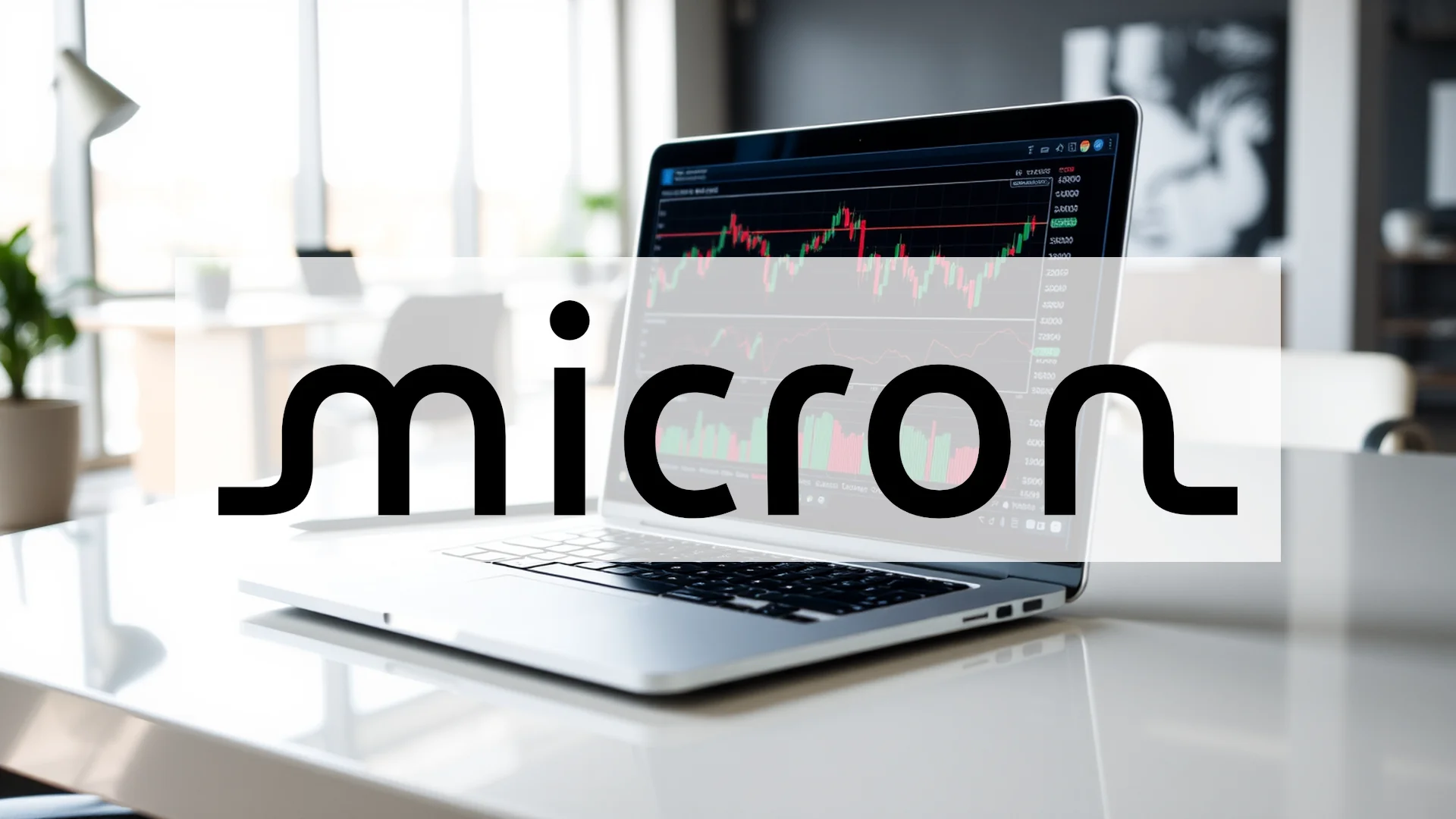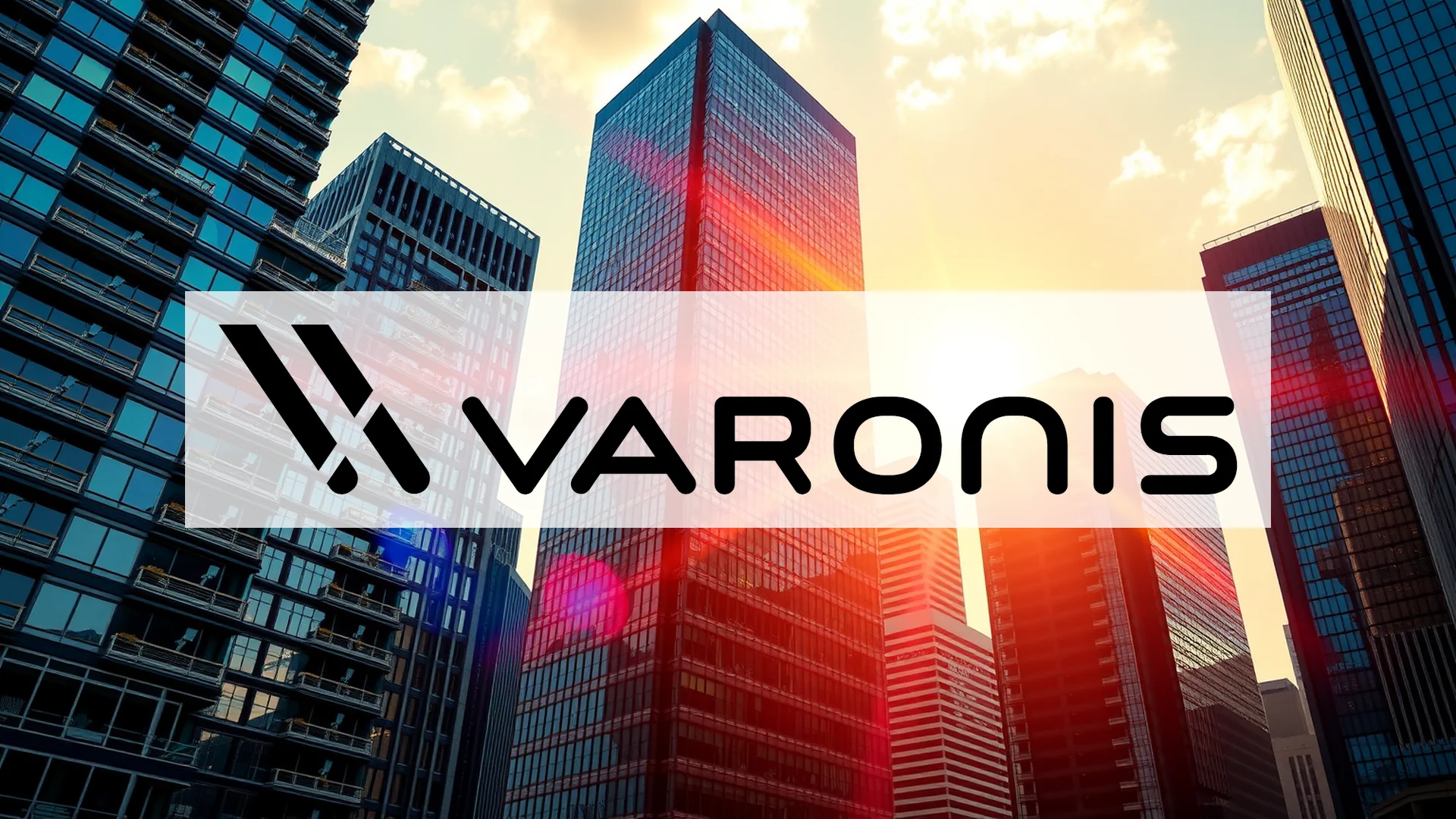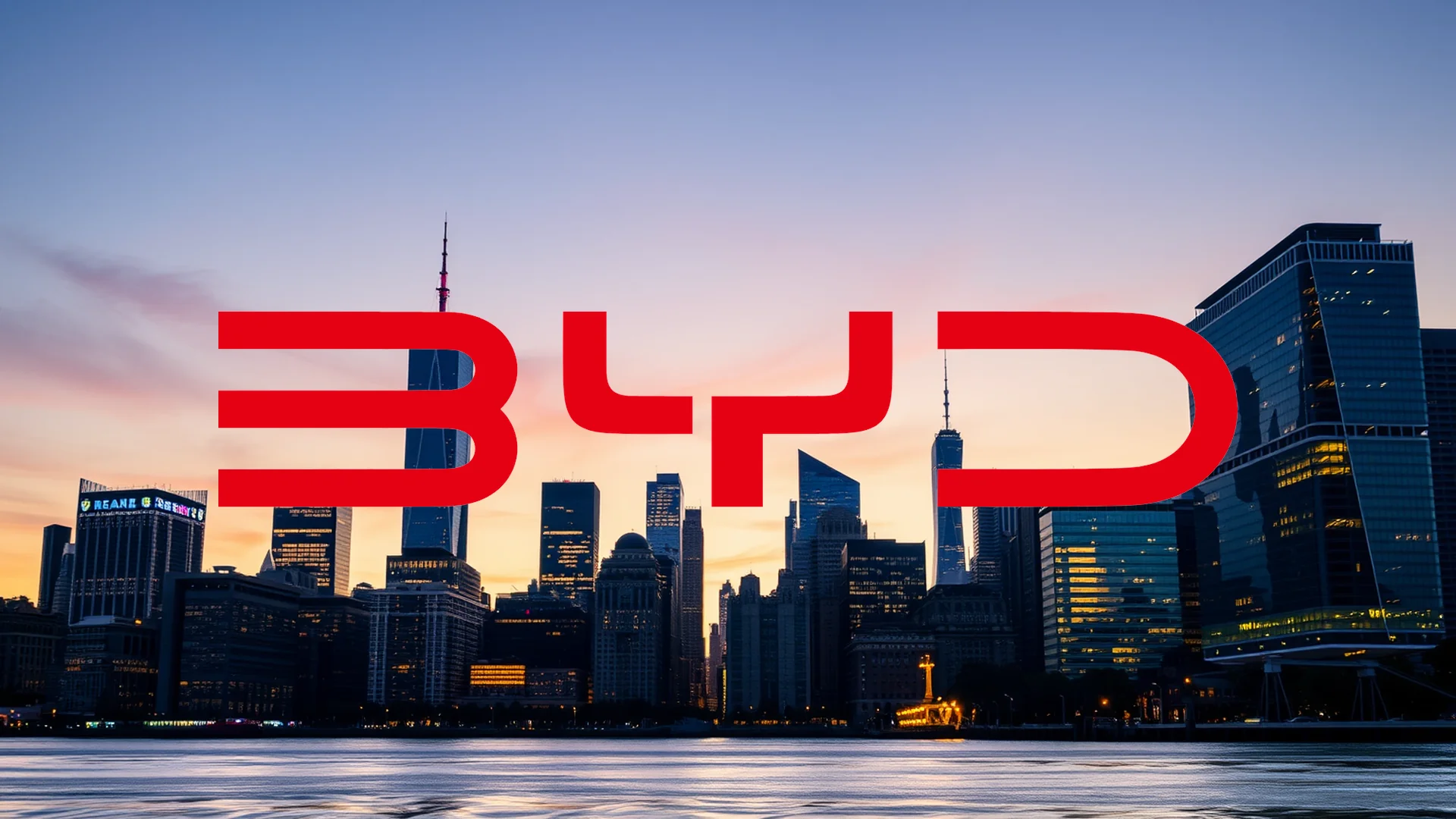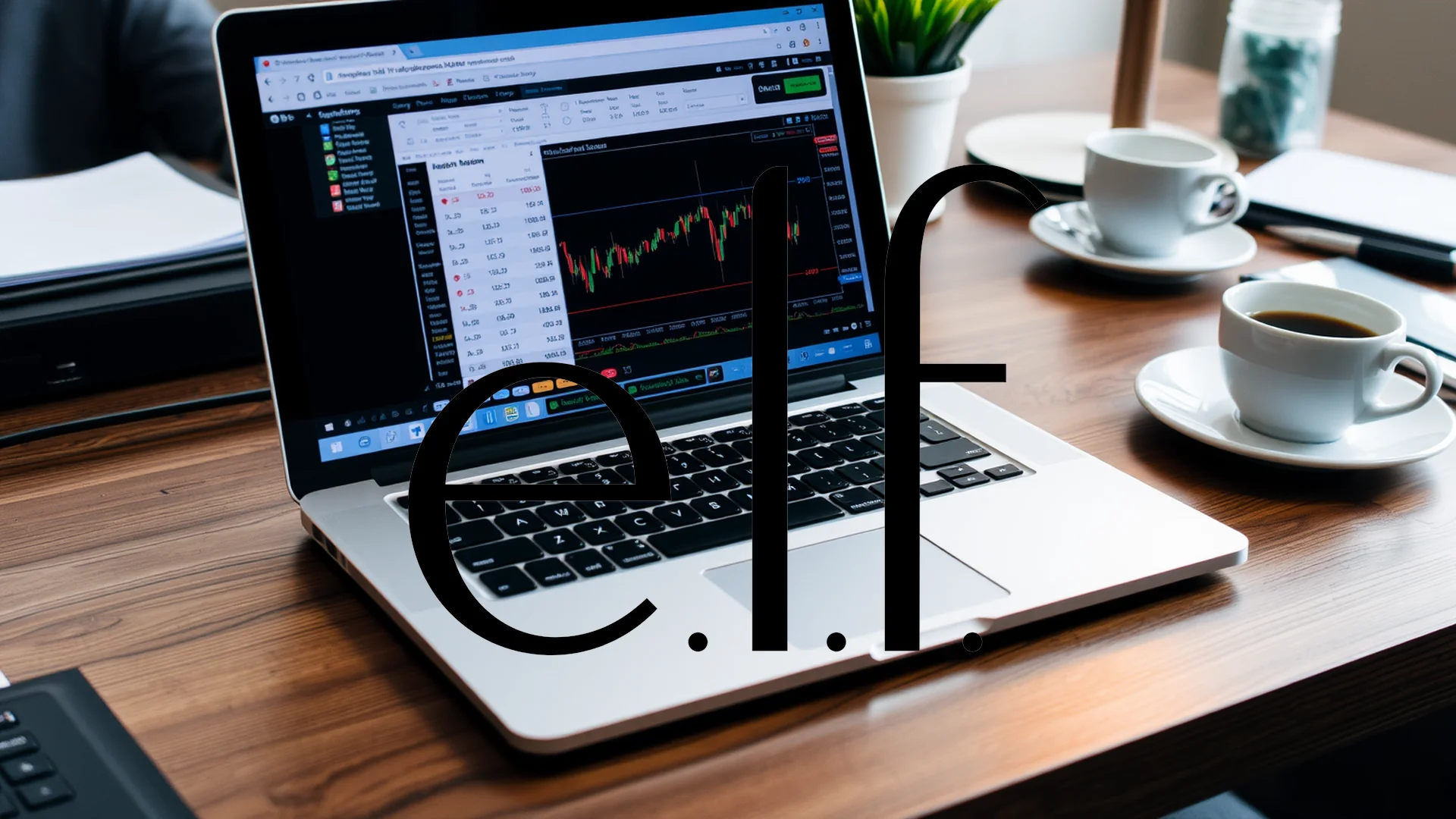The technology sector is witnessing one of the most dramatic corporate revivals in recent memory. Intel, once considered a struggling legacy chipmaker, has rapidly transformed into a sought-after partner for industry leaders, marking a stunning reversal of fortune. This remarkable comeback story raises crucial questions about its sustainability and the strategic moves driving this unexpected renaissance.
Financial Pressures Catalyze Strategic Shifts
Behind the optimistic headlines lies a challenging financial reality that has compelled Intel to pursue aggressive partnership strategies. The company’s balance sheet reveals significant pressures:
- Negative cash flow has persisted for seven consecutive quarters
- Cumulative cash outflows have reached $23.6 billion since 2023 began
- Available cash reserves of $21.2 billion stand against a substantial debt load of $46 billion
These financial constraints have made strategic alliances not merely advantageous but essential for Intel’s operational continuity. The partnerships provide both immediate capital infusion and crucial utilization for the company’s expensive manufacturing facilities.
Tech Titans Place Strategic Bets
The turnaround narrative gained powerful momentum through two landmark developments with industry heavyweights. NVIDIA initiated the surge with a monumental $5 billion investment in Intel shares, establishing one of the semiconductor sector’s most significant strategic collaborations.
Shortly thereafter, market intelligence revealed Apple was engaged in advanced discussions about a potential multi-billion dollar investment of its own. This dual endorsement from technology’s most valuable companies signals a fundamental reassessment of Intel’s strategic positioning within the industry ecosystem.
The NVIDIA partnership extends well beyond financial support. Intel will design and manufacture specialized data center and client CPUs incorporating NVIDIA’s NVLink technology. This symbiotic relationship provides much-needed validation for Intel’s foundry strategy while offering NVIDIA expanded manufacturing capabilities.
Should investors sell immediately? Or is it worth buying Intel?
Government Backing Strengthens Foundation
Substantial governmental support has created a stable foundation for Intel’s restructuring efforts. Through CHIPS Act funding allocations in August, the U.S. government committed $8.9 billion in support while securing approximately 10 percent of corporate equity.
This unprecedented level of state backing underscores Intel’s strategic importance in achieving American semiconductor independence amid ongoing geopolitical tensions and supply chain concerns.
Market Skepticism Persists Despite Rally
Despite September’s impressive 45 percent share price surge, substantial skepticism remains within investment circles. Market activity shows significant put options with a $28 strike price, indicating many traders question whether the current momentum can be sustained.
The crucial test arrives with October’s quarterly earnings report. These financial results must demonstrate whether strategic initiatives are translating into operational improvements and the long-awaited return to positive cash flow.
Intel has positioned the necessary strategic pieces—now the company must execute and deliver tangible financial results to convert skeptics and secure its hard-won renaissance.
Ad
Intel Stock: Buy or Sell?! New Intel Analysis from December 28 delivers the answer:
The latest Intel figures speak for themselves: Urgent action needed for Intel investors. Is it worth buying or should you sell? Find out what to do now in the current free analysis from December 28.
Intel: Buy or sell? Read more here...

